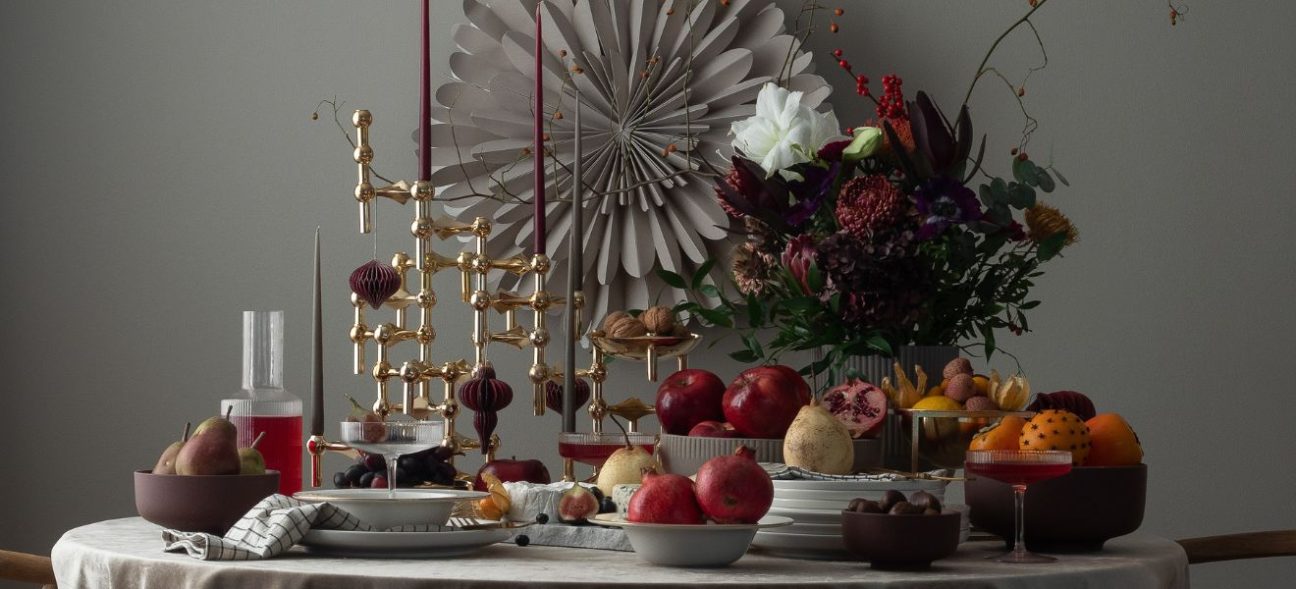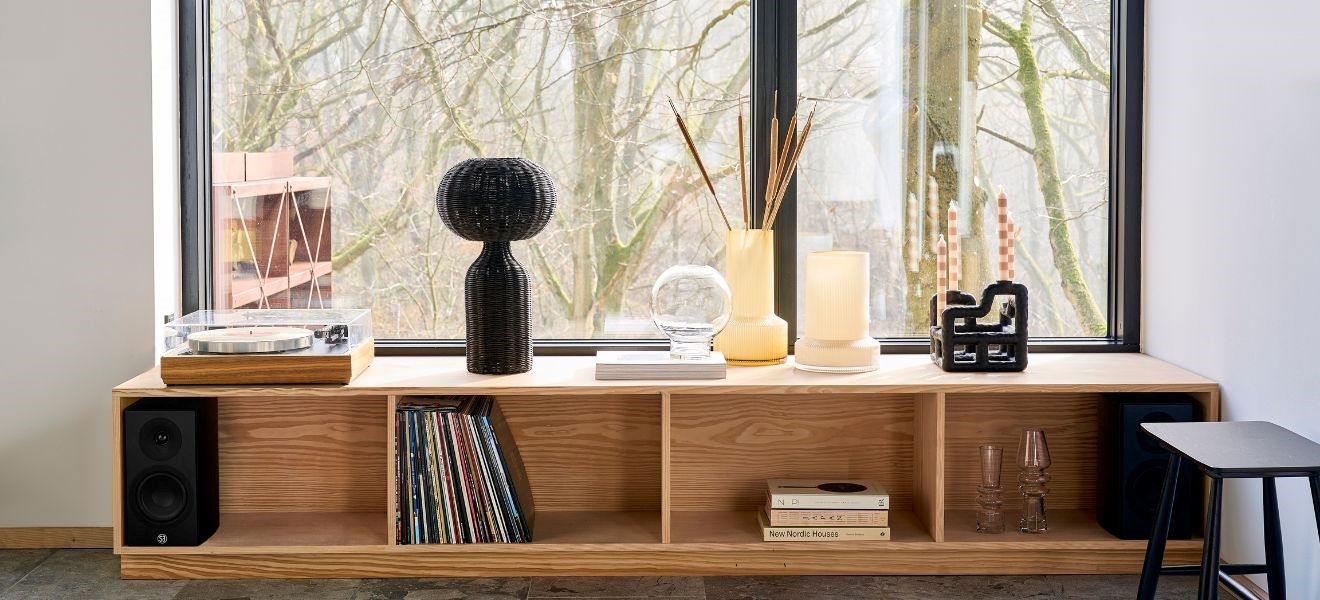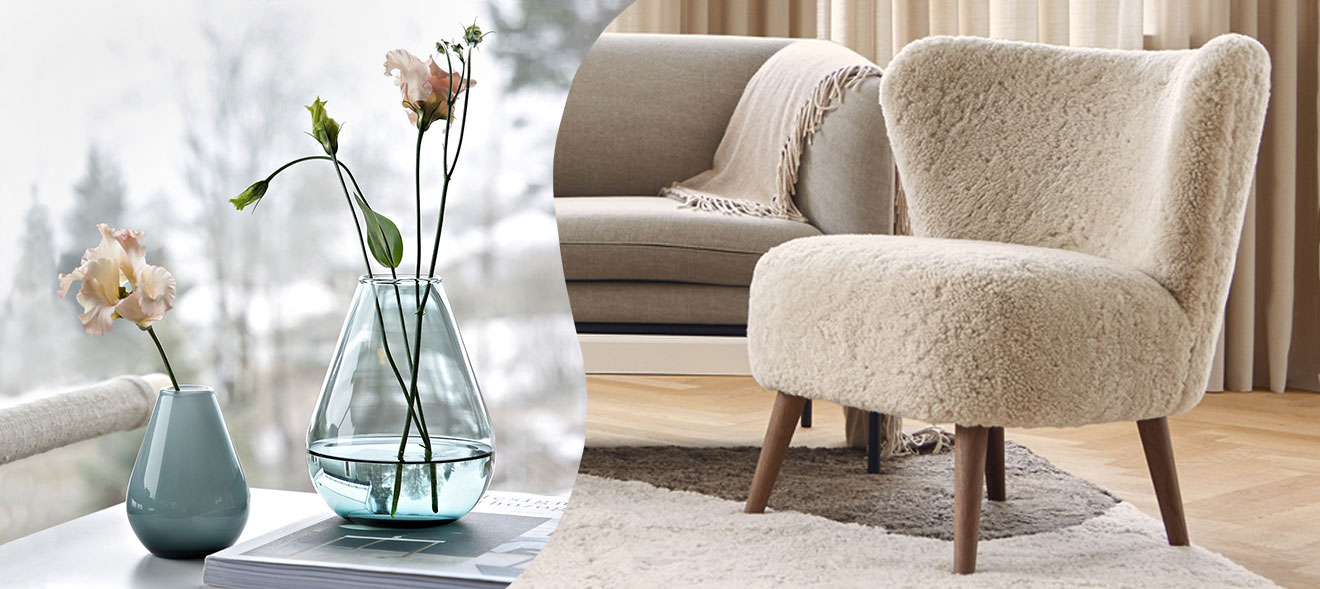Nothing is better than celebrating with family or friends – everyone around the world agrees on that. There are plenty of occasions to do so: from the Hindu festival of lights Diwali to New Year’s Eve and the Chinese New Year. We invite you on a special journey around the world with fantastic decorations, exciting customs and exquisite delicacies.
The house is spick and span, the home is festively decorated, the finest dishes are presented appetisingly and the family gathers around the exquisitely well laid table in their best clothes. Time for an atmospheric Christmas dinner? Not necessarily. This scene could just as easily describes the Jewish festival of lights, Hanukkah. Whether religious commemorations or seasonal festivities – there are traditional celebrations all over the world that reflect the fascinating diversity of cultures and peoples. Despite all the differences, however, there are also many common features:
- Family and friends celebrate together.
- Special dishes and lots of sweets will be served.
- The home and the laid table are richly decorated, with lighting playing a major role.
- There are gifts, especially for children.
- People are returning to traditional customs.
- The festive season is an important consumer and economic factor, as a lot of money is spent on decorations, food and presents.
Diwali: glittering lights and colourful decorations
We start our festive journey around the world in India and visit the Hindu festival of lights, Diwali, which translates as “string of lights”. It takes place on the 15th day of the Hindu month of Kartik, which corresponds to the period between the end of October and mid-November. Traditionally, new oil lamps are bought for Diwali to help the souls of the dead find their way to nirvana. The third day of the five-day festivities is dedicated to Lakshmi, the goddess of prosperity. It is believed that only well-lit and decorated houses are visited by Lakshmi. Another reason to decorate the houses opulently with candles, flowers and paper garlands with colourful motifs. For the illumination, there are no limits to the imagination. The main thing is that there are lots of lights and it looks beautiful, like the arrangement with the decorated tea light holders from Clayre & Eef.

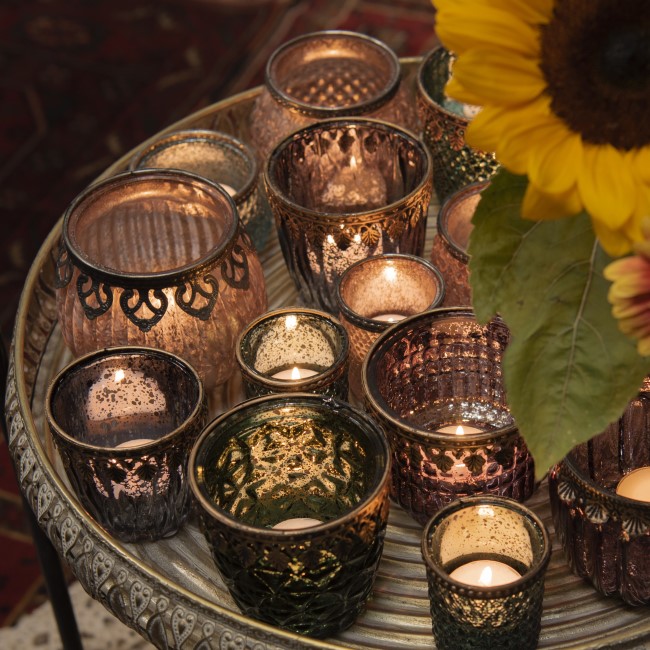
Hanukkah: family time and candlelight
For eight days, the Jewish festival of lights, Hanukkah, is celebrated. It commemorates the liberation of Jerusalem from the Greek conquerors and the rededication of the temple there in the Jewish year 3597 (164 BC). The nine-branched candelabrum, the menorah, takes centre stage. Every day – from left to right – another candle is lighted until all the candles shine.
Hanukkah is a domestic festival. In the evenings, families gather for a meal, with sufganiyots (doughnuts) or latkes (potato pancakes) baked in oil as the favourite food. It is said that they are a reminder of the miracle of the burning oil in the temple. Homemade biscuits decorated in the colours of Israel, white and blue, should not be missing. Children in particular look forward to Hanukkah, as they receive small gifts every day. The feast always begins on the 25th day of the Jewish month of Kislev, which falls in the months of November and December. This is another reason why Hanukkah is often mentioned in the same breath as Christmas.

Christmas: Christmas tree and gifts
Christians all over the world commemorate the birth of Jesus with Christmas on 24/25/26 December. There is one exception to this date: Some Orthodox Christian churches follow the older Julian calendar and celebrate on 6/7 January. Preparations for the festivities begin weeks in advance during Advent. When the windows and windowsills are decorated for winter, the scent of biscuits wafts through the house and another candle is lit on the Advent wreath (Bloomingville) every week, the most wonderful time of the year begins for many people.


Classic Christmas decorations include a Christmas tree decorated with candles, glass baubles, straw stars, garlands or even sweets. In the USA for example, around 25 to 30 million real Christmas trees are sold every year. A nativity scene – also available in a modern interpretation, such as from Philippi – is also an essential, as is festive tableware, often in the classic Christmas colours of red and green. With its nostalgic motifs, “Toy’s Delight” from Villeroy & Boch brings back childhood memories.
While in the northern hemisphere the holidays are linked to the winter season, Christmas in the southern hemisphere is a cheerful summer celebration – if only for seasonal reasons. In Australia, people go to the beach for a barbecue, while Brazil is dominated by lavish decorations with lots of glitter and colourful flashing lights. Papai Noel, Father Christmas, is busy on his rounds, landing in a helicopter at Rio’s famous Maracana football stadium or handing out presents to the needy in the villages along the Amazon. Incidentally, presents are not given everywhere at Christmas. In Spain, these are only brought by the Three Wise Men on 6 January.


New Year’s Eve: party time and fireworks
Just one week after Christmas, there is a big, colourful party with lots of glamour and confetti. This is New Year’s Eve according to the Gregorian calendar, which is the most common calendar in the world today, and people celebrate into the new year. While the corks are already popping in the South Sea island state of Kiribati, the champagne glasses are still being polished in Europe. Probably the biggest New Year’s Eve party takes place every year in Times Square in New York City, where people from all over the world come together. The fireworks displays over Sydney harbour or at Big Ben in London are spectacular. There are many different customs to conjure up good luck for the new year. In Italy and Spain, people wear red underwear and in Denmark the porcelain from dinner is smashed according to the superstition that “broken tableware brings good luck”. In addition to traditional dishes, people like to treat themselves to exquisite delights like oysters and champagne at the turn of the year, which have their grand entrance in gleaming silver from Robbe & Berking.
However, New Year is not celebrated everywhere in the world on 1 January. On the one hand, there is the Hindu Diwali festival described above. According to the Islamic calendar, New Year’s Day also moves through the year and falls on 8 July in 2024, for example. However, the most important festival for Muslims is the “Sugar Feast” after the end of the fasting month of Ramadan, which will be celebrated on 9 and 10 April 2024.
Chinese New Year: lucky dishes and zodiac signs
Although the new year has also officially started on 1 January in China since 1911, the Chinese New Year – also known as Spring Festival or Lantern Festival – is still the most important event. According to this, the year always begins on the second new moon after the winter solstice, which falls between 21 January and 21 February. And then it is a state of exception not only in China, but also in countries such as Vietnam, Indonesia or Thailand. Over three billion trips are made every year for the Chinese New Year, as the days off around the feast are often the only opportunity to get together with the whole family. The festive period lasts 16 days – from Chinese New Year to the Lantern Festival (9 February to 24 February 2024). Lucky dishes such as fish or jiaozi (Chinese dumplings), rice cakes and “golden fruits” (mandarins) are served.
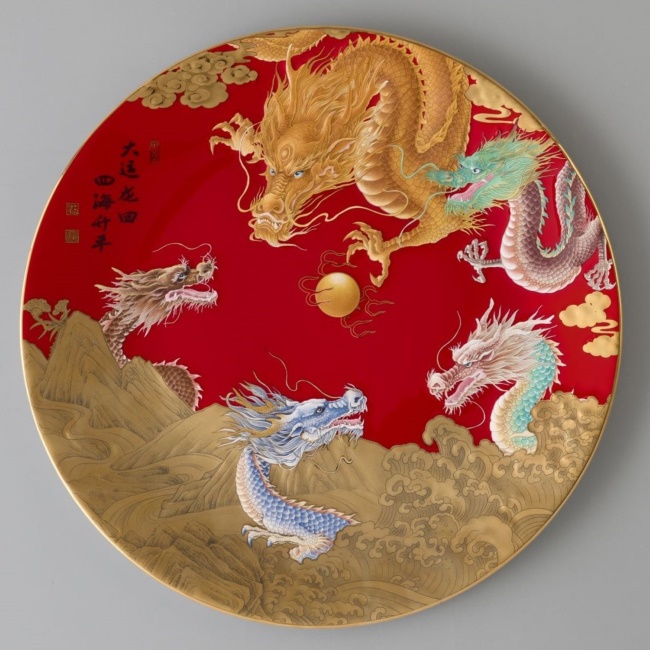
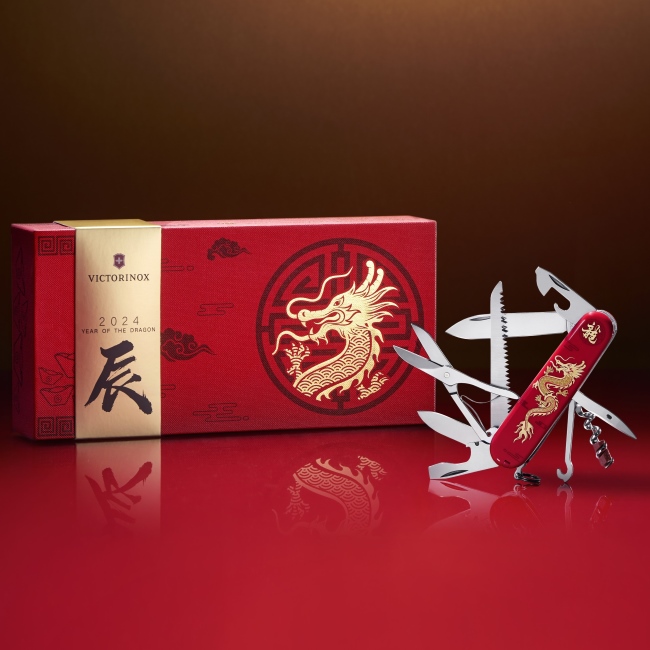
Because evil ghosts such as the monster Nian fear the colour red, this vibrant hue dominates clothing and home decorations. And the usual gifts of money are also presented in red envelopes. Loud rockets, firecrackers and fireworks are also used to scare off the monster. Great importance is attached to the sign of the zodiac that rules the coming year. The reign of the dragon begins on 10 February 2024 and lasts until 28 January 2025. To mark the occasion, Auratic has designed an artfully decorated “dragon plate” that will be an eye-catcher in any setting. Just as beautiful a gift idea as the Victorinox dragon-themed pocket knife. Dragons embody power, strength and energy and are the most revered animals in Chinese culture, as they were also the symbol of the Chinese imperial family. According to the Eastern horoscope, the “Year of the Dragon” promises luck and prosperity – so the prospects for the coming year are really good!

Header image: Stoff Nagel
